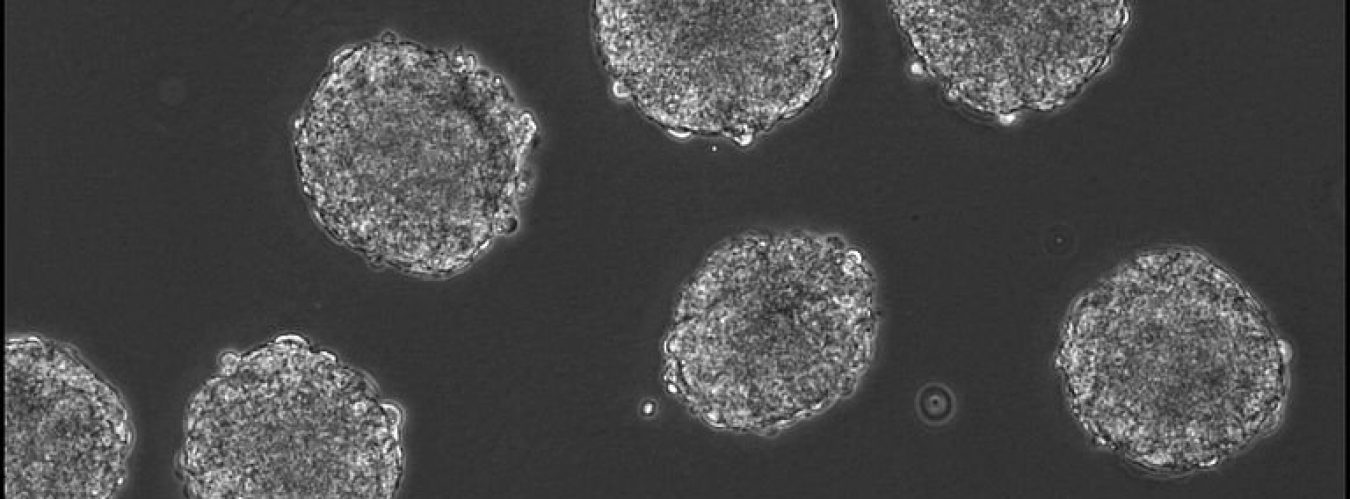As it turns out, cancer cells are all capable of slowing down and entering a hibernation-like state known as “diapause”. In this status, they are able to survive chemotherapy and build up a resistance to the drugs. They work as a group and enter diapause in a coordinated fashion. Dr. Catherine O’Brien, MD, Ph.D et al have led a research team at the Princess Margaret Cancer Center from the University of Toronto to combine cellular barcoding (marking specific cells to trace them over time) and mathematical modeling in order to figure out this pattern.
Human colorectal cancer cells were isolated into a petri dish and treated with chemotherapy drugs. Then, they were observed over time. The study showed the cells going into a slow-dividing state, requiring little nutrition to survive. This mechanism is used by over 100 different mammalian species during embryonic development for increased odds of survival, but the cancer cells have hijacked it to survive chemotherapy treatment. However, this process requires activating the autophagy process to function. So, the researchers have tested a small molecule that inhibits autophagy to determine if it makes the cancer cells vulnerable. As a result, the chemotherapy successfully killed the cells. This provides yet another possible target in our fight against this myriad of diseases.
For those interested, here is the link to the article: https://www.cell.com/cell/fulltext/S0092-8674(20)31535-X#%20
